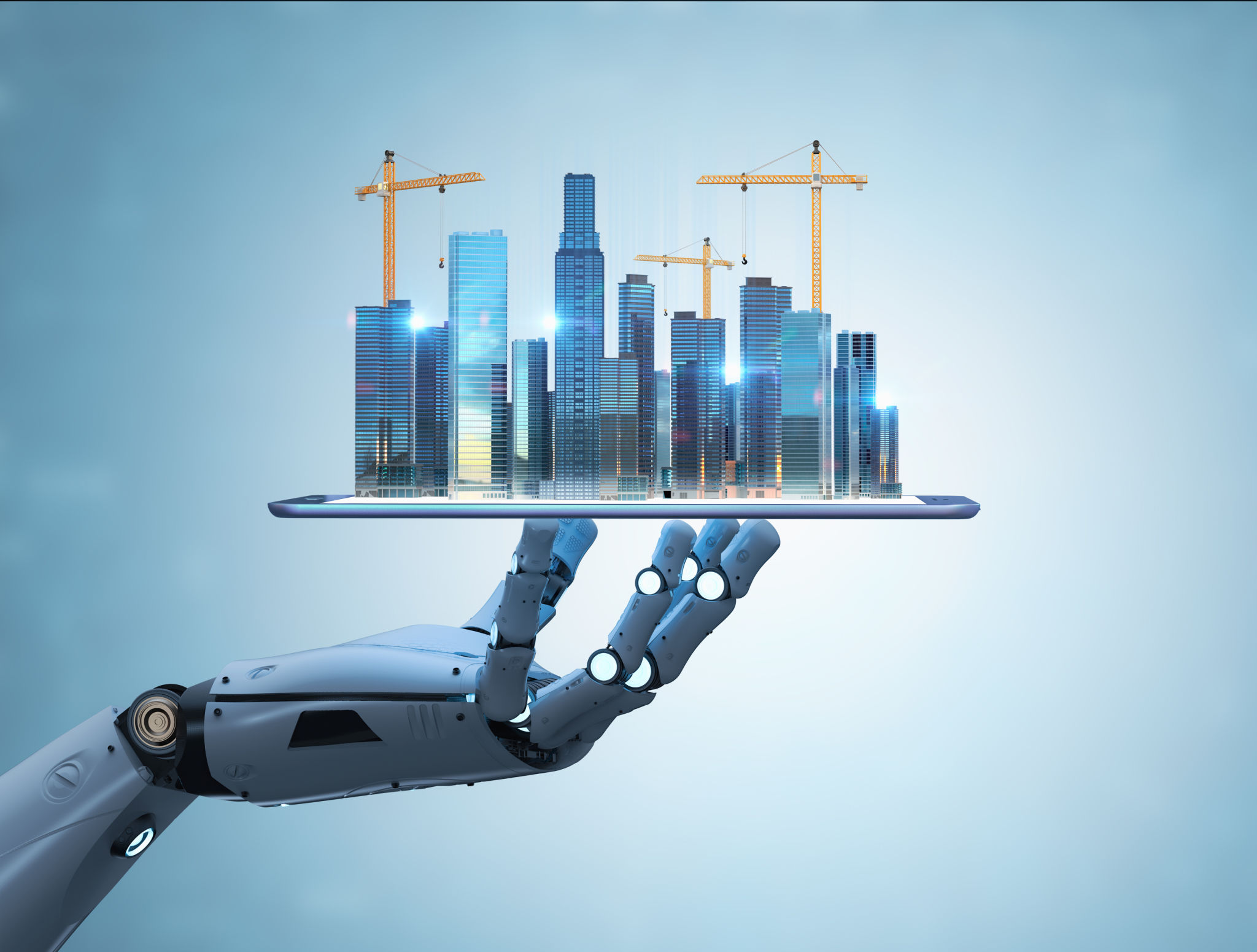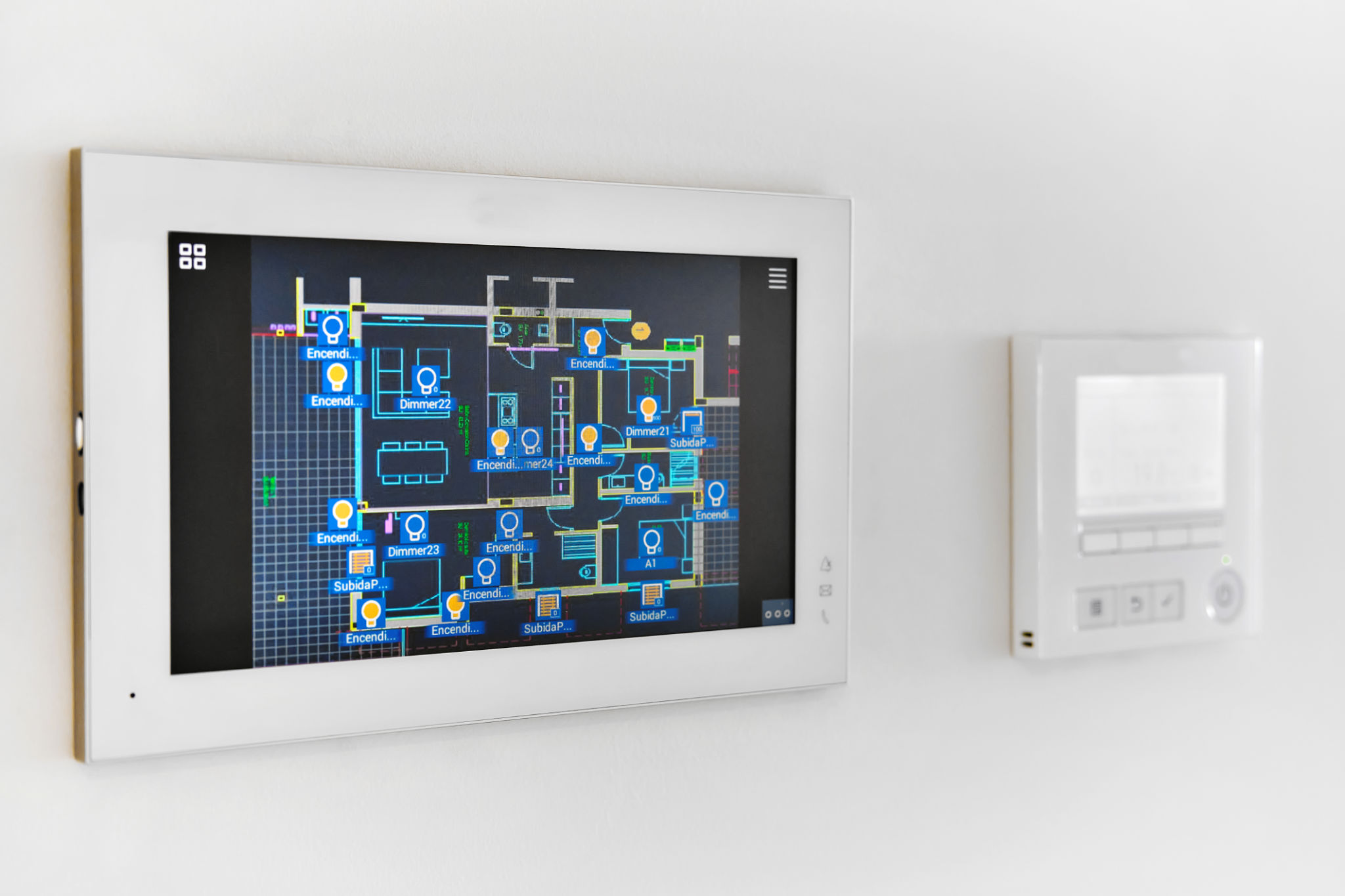AI Technology in High-Rises: The Future of Building Safety in Florida
The Rise of AI in Building Safety
As Florida continues to develop its urban landscapes, the integration of AI technology in high-rises is becoming increasingly pivotal. This state, known for its dynamic cities and coastal beauty, faces unique challenges, including hurricanes and rising sea levels. In this context, ensuring building safety has never been more critical. AI technologies offer innovative solutions that enhance safety protocols and building management systems.
AI's role in high-rise safety encompasses various facets, from structural health monitoring to energy efficiency. By leveraging machine learning algorithms and real-time data analysis, AI systems can predict potential structural failures, assess risks, and recommend proactive measures. These capabilities are transforming how developers and building managers approach safety.

Real-time Monitoring and Predictive Maintenance
One of the most significant advantages of AI in building safety is its ability to provide real-time monitoring. Sensors installed throughout a high-rise can continuously collect data on structural integrity, environmental conditions, and even occupancy levels. This data is then processed by AI to identify any anomalies or potential hazards.
Predictive maintenance is another area where AI shines. By analyzing patterns and trends, AI can forecast when specific building components might fail or require maintenance. This not only enhances safety but also helps in reducing costs associated with emergency repairs and downtime.

Enhancing Emergency Response Systems
In Florida, where natural disasters like hurricanes are a concern, having a robust emergency response system is crucial. AI technology can improve these systems by providing real-time updates and simulations that help in planning evacuations and emergency responses. AI-powered software can simulate different disaster scenarios, allowing building managers to develop comprehensive evacuation plans.
Moreover, AI can optimize the deployment of safety personnel and resources during emergencies. By analyzing data from multiple sources, such as weather forecasts and traffic patterns, AI systems can suggest the most efficient routes for evacuation or emergency services.

Energy Efficiency and Environmental Safety
AI technology also plays a significant role in promoting energy efficiency within high-rises. By integrating smart systems, buildings can intelligently manage their energy consumption. AI can adjust lighting, heating, and cooling systems based on occupancy and external weather conditions, reducing energy waste and enhancing environmental safety.
This not only contributes to a safer environment but also aligns with Florida's sustainability goals. Reducing the carbon footprint of high-rises is essential for protecting the state's natural beauty and mitigating the impacts of climate change.
The Future of AI in Florida's High-Rises
As AI technology continues to evolve, its applications in high-rise safety will expand. Future developments may include advanced robotics for building inspections, more sophisticated hazard detection systems, and enhanced integration with public safety networks. The potential for AI to revolutionize building safety in Florida is immense.
In conclusion, the integration of AI technology in high-rises represents a promising leap forward for building safety in Florida. By harnessing the power of real-time data analysis, predictive maintenance, and enhanced emergency response systems, AI is set to redefine how we approach safety in urban environments.

